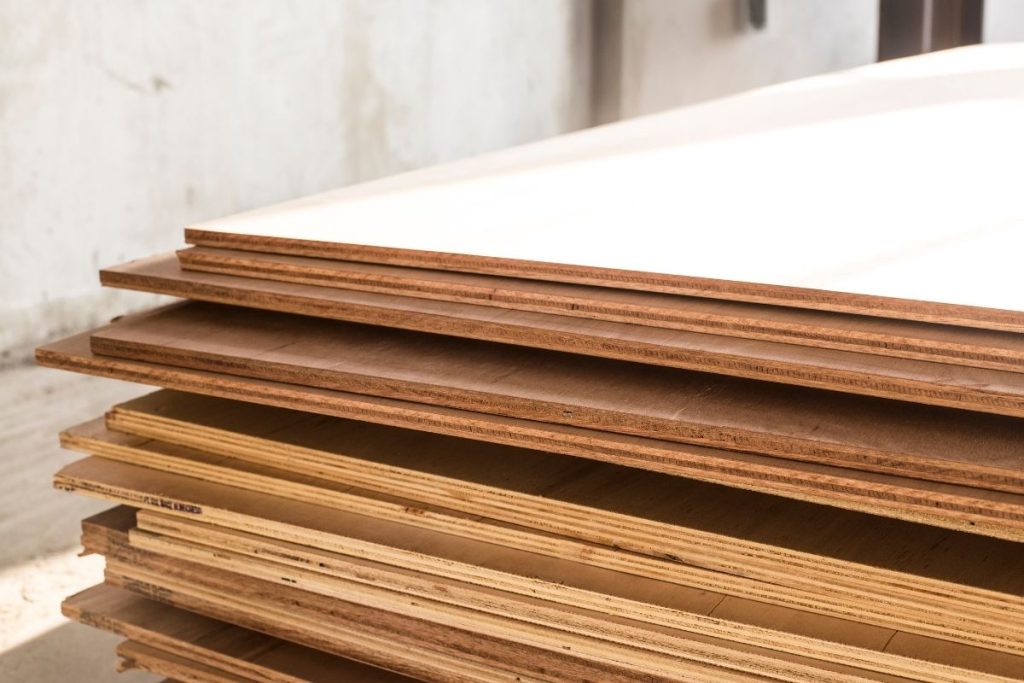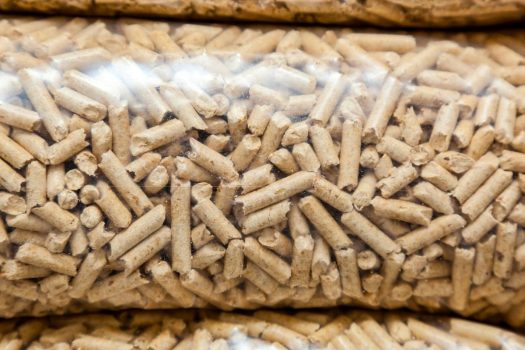Contents
Manufactured wood is also known as engineered wood or manufactured composite boards and consists of fibers, wood particles, and veneers bonded together under intense pressure using adhesives. It gives the illusion of being natural wood. It is used in exterior and interior applications, such as furniture, because it is cheaper and can be more durable than some solid wood.
It has been around since the second world war and was invented in the United Kingdom when they had to develop ways to ration their resources such as consumables and raw materials. It didn’t take long for the furniture made from this new type of wood to catch on, and people were filling their homes with the easy assemble furniture, which is still common today.
Benefits Of Manufactured Wood
A benefit of manufactured wood is that it can come in various sizes, textures, and colors, which makes it adapt to whatever you want to use it for. They are also suitable for working on with tools because they react in a predictable way which is different than solid wood as it can splinter and break.
Manufactured wood is more resistant to fire because it reacts differently when it burns due to its layering, which untreated lumber does not have. These layers make it harder for the oxygen to reach the wood, which slows down the burning of the fire.
Since this wood is primarily manufactured, the laws of nature do not apply, and you can make the pieces as long as you like, making it much easier for building and flooring, especially in open-plan spaces where the floor is much longer than average. This allows for a uniform look with consistent lines that natural, untreated wood would not be able to achieve.
A significant advantage to manufactured wood is that it is not affected by moisture like solid wood is and does not expand or contract. This makes it a very popular choice for being used in kitchens and bathrooms as they are rooms that experience the most dampness.
It also meets almost every building standard thanks to its strength and durability because manufacturers use heavy-duty glue to stick the wood particles together to create a strong bond. This powerful adhesive makes this wood waterproof and resistant to mold, rot, and insects.
Finally, it is more sustainable, an essential feature to have in the modern age. It is sustainable because more and more lumber companies are sourcing their supplies from renewable sources of wood and even utilizing wood parts that would have been burned or wasted instead.
Types Of Manufactured Wood

Plywood
Plywood is where it essentially all began as it was the original manufactured wood. It is made from hardwood veneers that are put at right angles and bonded with resin glue. Plywood is also called exterior plywood and WBP, which stands for weather and boil proof due to the resin glue that binds it together.
Within this type of manufactured wood, there are three types of exterior plywood which range from class one to class three. Class one is meant to be used in dry conditions only and is usually used to make furniture and walls. The second class of plywood is for external use but cannot withstand harsh weather conditions for an extended time. Then there is class three plywood which is the most durable and can withstand extreme weather conditions for a more extended time and is resistant to vapor and water if the location is adequately ventilated.
It depends on not just the glue used to bond it but also the quality of the veneers, which can be made from marine ply for use on boats or aircraft fly used for planes. For toys and furniture, bendier plywood is best to achieve some unique shapes, so birch plywood is best for this.
Particle Boards
Similar to plywood, there is more than one type of particle board, and these include chipboard and OSB, which stands for oriented strand board.
As the same suggests, chipboard is made from wood chips and a combination of wood shavings and sawdust, which are usually waste products but can be made into sheet boards once mixed with adhesive resign and exposed to high heat and pressure.
The chipboard is not for external use as it is weak and not durable enough for any construction purposes. Instead of this, it is used for floors, usually when it is combined with plastic laminates, which make the floor cheap yet attractive.
OSB can also be referred to as sterling board and is made from wood flakes bonded together under extreme pressure with a waterproof resin. It does not have an appealing surface finish like chipboard does but can be used in building constructions as sheathing.
Fiber Boards
There are two main types of fiberboards which are known hardboards and medium-density fiberboards or MDF.
Hardboards are made from wood fibers otherwise destined for the rubbish bin and bring them all together under extreme heat and pressure. This process creates thin sheets with equal thickness, density, and appearance all over them but are absent from any grains.
Hardboards are very easy to work with tools and can even be secured with staples, screws, or nails, as well as certain types of glue. They have one side that is smooth and another that is rough, which allows the upper soft side to be laminated with plastic laminates, veneers, or paper overlays so you can make them decorative if you want. They are easy for anyone to get their hands on and can be made more durable with the application of linseed oil.
MDF is another type of fiberboard and is made by combining wood fibers and synthetic resin to achieve a medium density, as the name suggests. MDF boards have remarkably smooth, perfect surfaces but are not resistant to water or lots of pressure.
Blockboards
Blockboards are made by lining up softwood strips from edge to edge before squeezing them together between hardwood veneers. Laminboard is the best material to use when making blockboards because it is durable. In contrast, battenboard is the blockboard with the lowest quality as the softwood strips are wider, making it less stable.
They are only meant for interior use as they are not resistant to moisture, water, or any elements that the weather may throw at them. Instead, they tend to be used for furniture such as doors, tables, and shelves.







